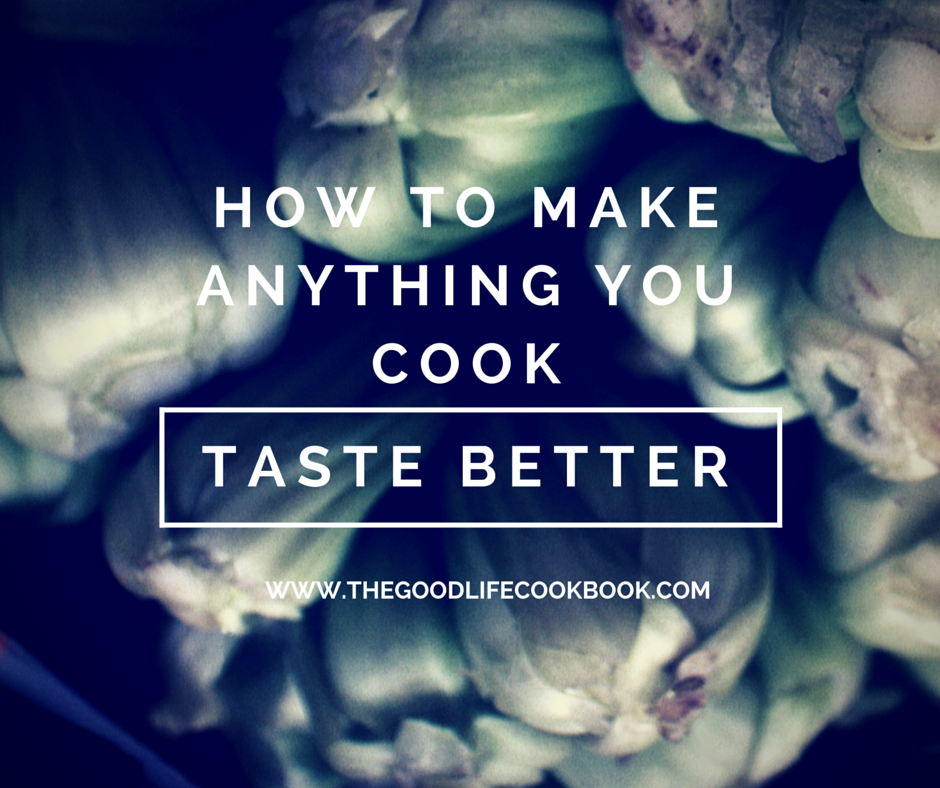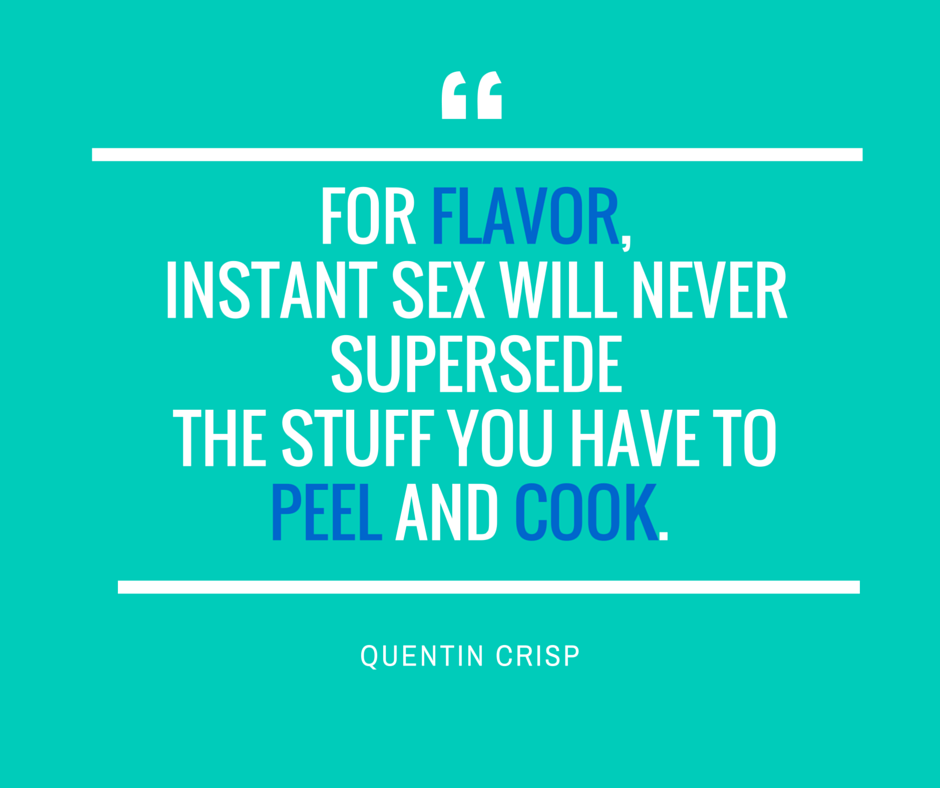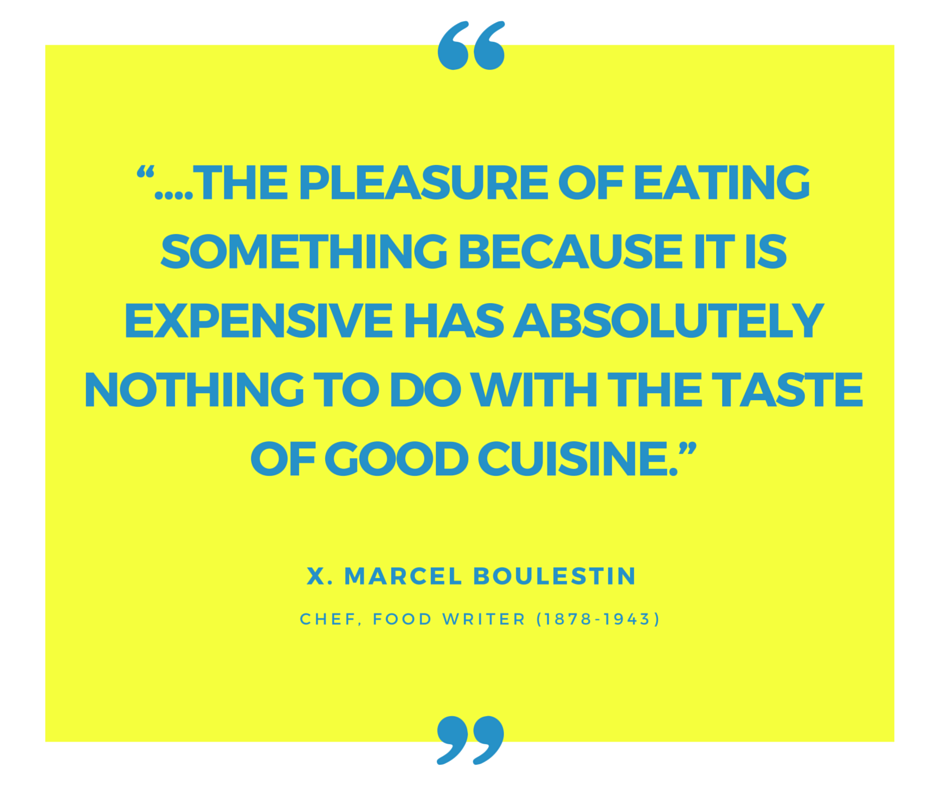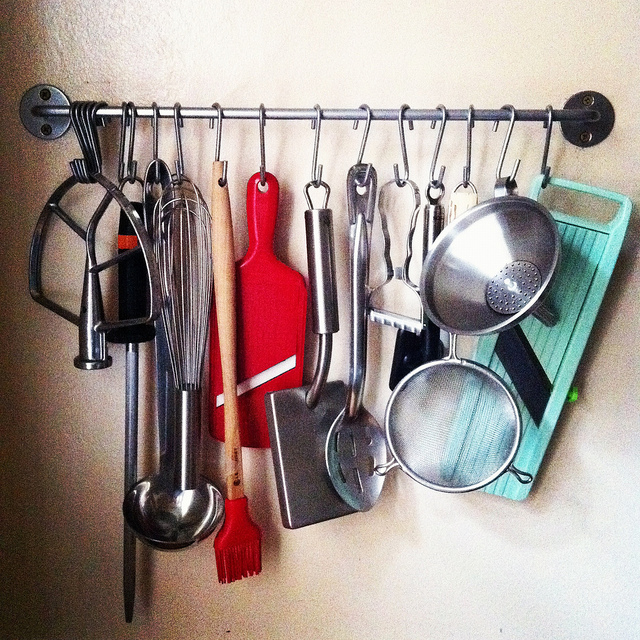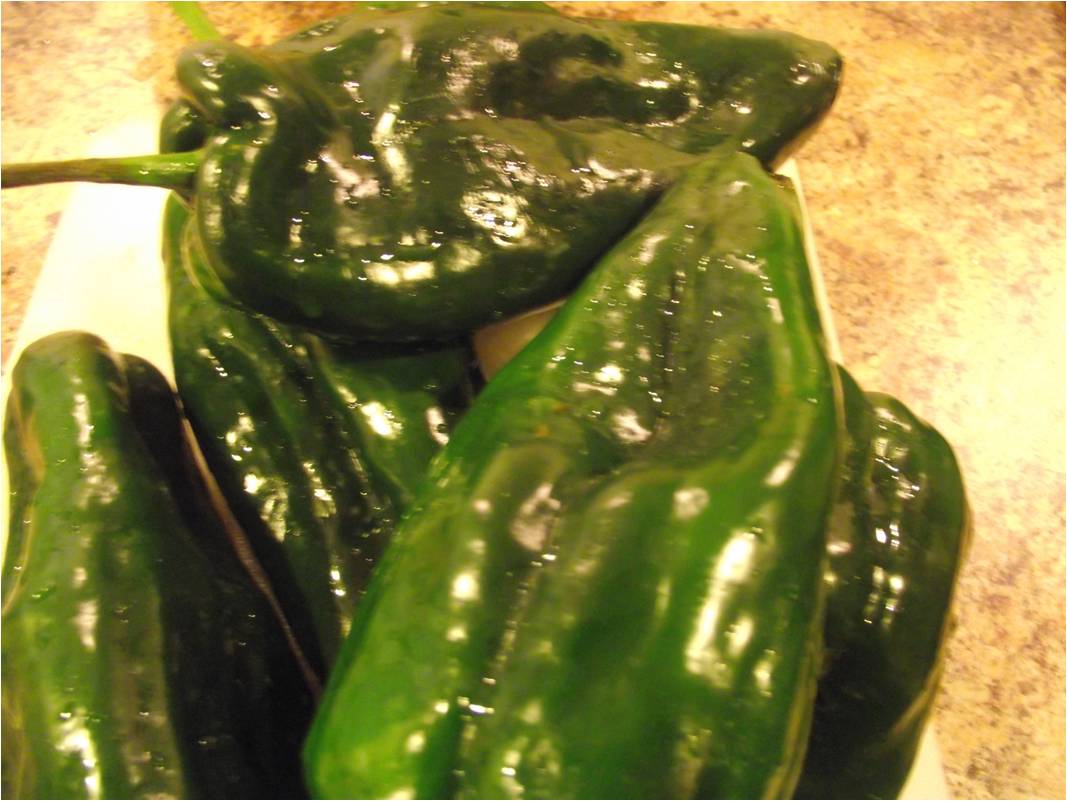Since I caught the cooking bug, I’m always looking for ways to make my food look and taste better. If I’m going to take the time out to cook, I want to make the best meal I can. So whenever I cook at home, I try to come as close as possible to creating a restaurant-quality meal for myself and my guests as I can.
Fortunately, that’s not as difficult as it might seem to be.
What makes a really good restaurant meal really good, generally isn’t the fact that the dish contains a lot of unrecognizable ingredients, or that the chef uses fancy cooking techniques. Instead, a really quality meal relies on some very simple cooking tips that should be incorporated into every dish.
5 Tips for Creating Restaurant-Quality Meals At Home
Use fresh ingredients
Fresh ingredients have much more flavor and texture. To make your food taste better, avoid canned or jarred goods if fresh is also available. This is especially true for vegetables.
Canned vegetables are probably to blame for many people who claim they don’t like vegetables. Canned veggies are mushy, and all of them taste kind of the same after soaking in room temperature salt water for god knows how long. In my opinion, canned food is emergency food that should really only be used under certain circumstances, namely:
When you’ve run out of everything else in the house,
When camping, or,
When the zombie apocalypse pops off.
For almost every other occasion, use fresh. Also. If you’re using that jarred diced garlic? Stop.
There are some exceptions where I think canned foods are an ok alternative to fresh, like: beans, tomatoes, fish (tuna especially when you are following a tuna recipe, sardines, salmon).
Add more than just salt & pepper
While salt and pepper are the basic must-haves for seasoning food, if you want to create more complex and interesting food flavors, you absolutely need to use herbs and spices. Stock your spice cabinet with some basics, and learn how to use them in your favorite dishes to make them truly taste like something.
You can even coax more flavor out of your standard salt and black pepper. Instead of table salt, use a good quality sea salt – a tiny bit goes a long way, and you’ll find that you need to use less of it. Which is particularly helpful if you’re looking to cut back on your salt intake. Fresh ground black pepper also tastes much more flavorful and goes a lot further than pre-ground black pepper. Use these tools to grind meat manually and also find the best blenders for your smoothies at home.
Combine olive oil & butter
If you’re sauteeing, pan frying or roasting something, instead of using oil on its own, combine both olive oil and butter to cook your food. There are a few benefits to this blend:
- Adding butter to olive oil adds a richer, more luxurious flavor to a dish than just olive oil on its own.
- The browning power of butter creates nice color and crispness on the exterior of the food.
- Butter burns much more quickly than olive oil, so adding olive oil protects against over-browning or burning the outside before the food is finished cooking inside.
- Since oil and butter have about the same number of calories, by combining the two, you get extra flavor without extra calories.
I recommend the olive oil & butter trick more for meats and proteins (like this recipe for perfect pan-seared salmon), than for vegetables, but if you’re one who doesn’t really like to eat veggies to begin with, go ahead and add some butter to help yourself out.
Follow the rule of 4
Try to make sure your home-cooked dish includes all of the following 4 taste components:
- Salt – as mentioned previously, you shouldn’t only do salt, nor should you overdo salt, but the right amount of salt will instantly bring out the other flavors in a dish.
- Sweet or savory – Dishes usually fall into either the sweet (aka, sugary) or savory (non-sugary) category. But any dish can benefit from adding sweetness or savoriness to help balance out already existing flavors. Aside from sugar, sweetness can be added to a dish with: molasses, sweet vegetables like butternut squash or sweet potatoes, and dried or fresh fruits. Ingredients that add savory flavor include: herbs, broths, soy sauce, MSG, and fish sauce.
- Acid – Your tongue has bitter and sour receptors for a reason. Don’t forget about them when you’re making a dish. Adding a touch of something acidic – a squeeze of citrus, a dash of vinegar, bitters, something pickled, fresh chopped onions – to a dish creates a layer of brightness and contrast to almost any dish, whether sweet or savory.
- Texture – Ok, so, technically, texture is not a component of taste. But! It’s so intricately linked to how we perceive the flavor and taste of food, that the lack or presence of texture definitely influences how good we think a dish or meal is. Words like crunchy, crispy, tender, fluffy, creamy all express texture, or, the way a food feels in your mouth. Be sure that your dish has the right texture for what it’s supposed to be.
Including all of the above flavor components in your home-cooked meals will stimulate all of the flavor receptors on your tongue, along with the sensation of texture. And that means better tasting food.
Plate it nicely
It’s said that you eat with your eyes first. If you’re going to go through the effort of cooking, make sure you show off the finished product – even if you’re only cooking for yourself. Don’t just slop your food onto the plate, take a few minutes to arrange everything nicely and admire it for a few moments before digging in. And, dear God, please don’t serve your lovely home-cooked meal on a paper or plastic plate. I mean I get it, I don’t like to wash dishes either, but my food is better than that, it deserves a proper plate. And so does yours.
If you must eat on plastic, at least refrain from posting a picture of it on the internets. It just looks sad.
If you’ve already mastered these tips for cooking better tasting food, try these more advanced tips from Lifehacker on how to make your food taste better.
What other tips do you have for making your food taste good?

